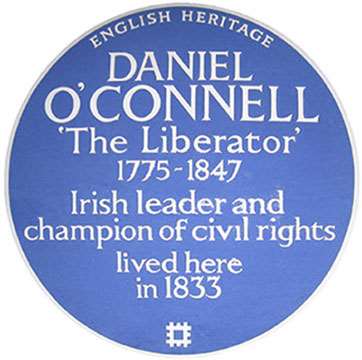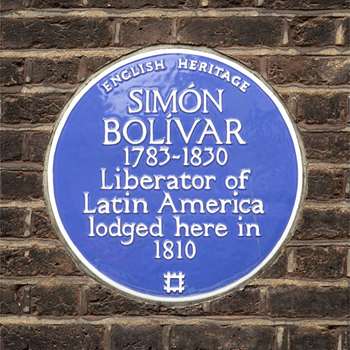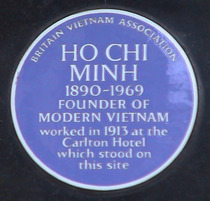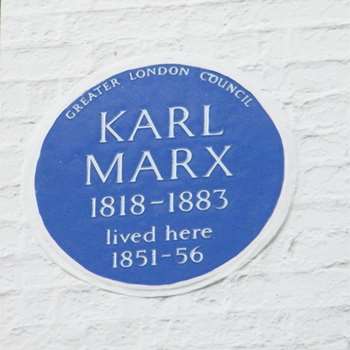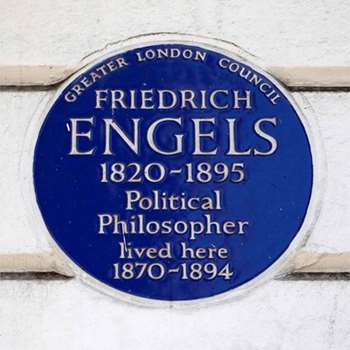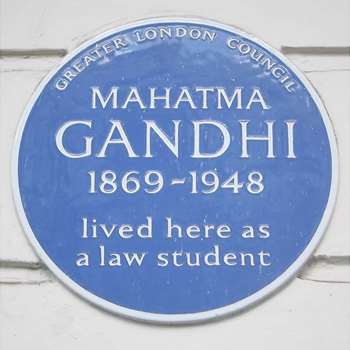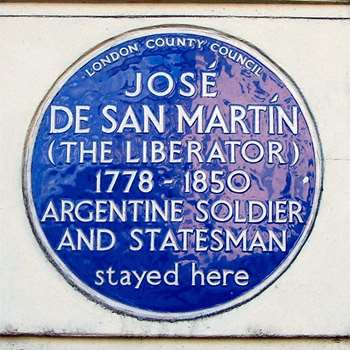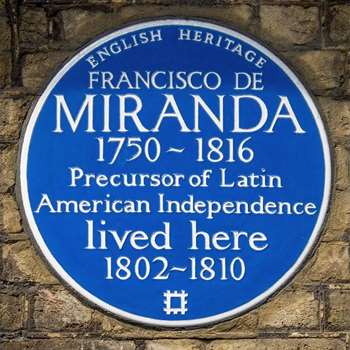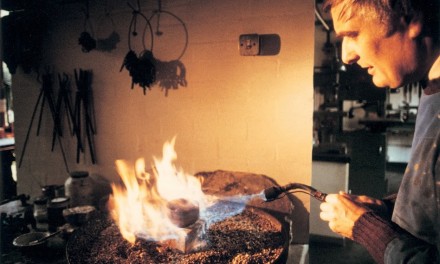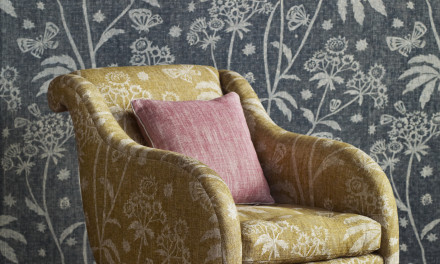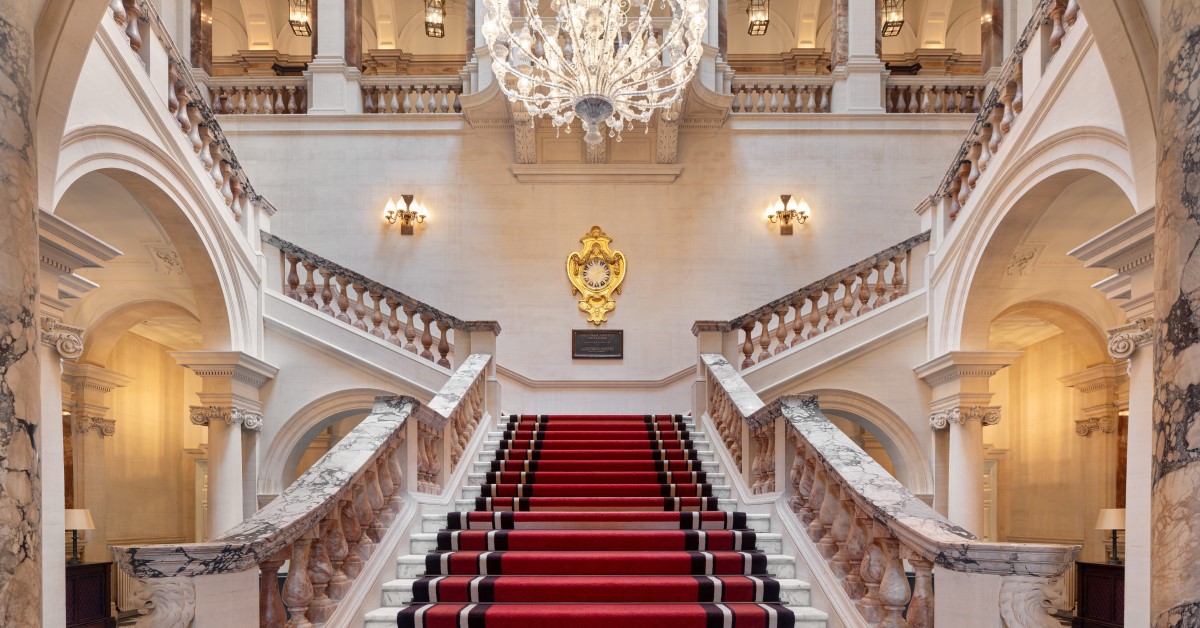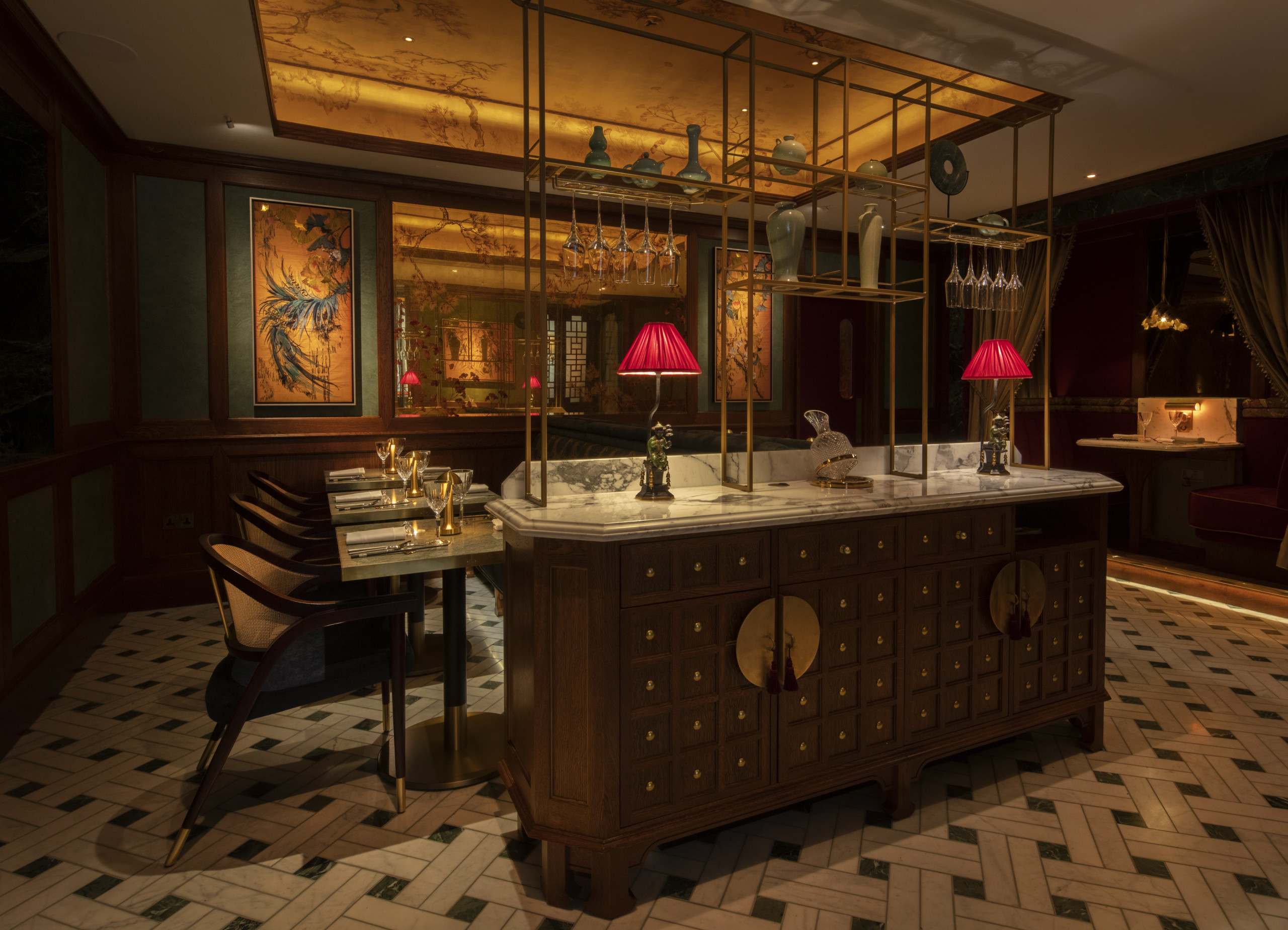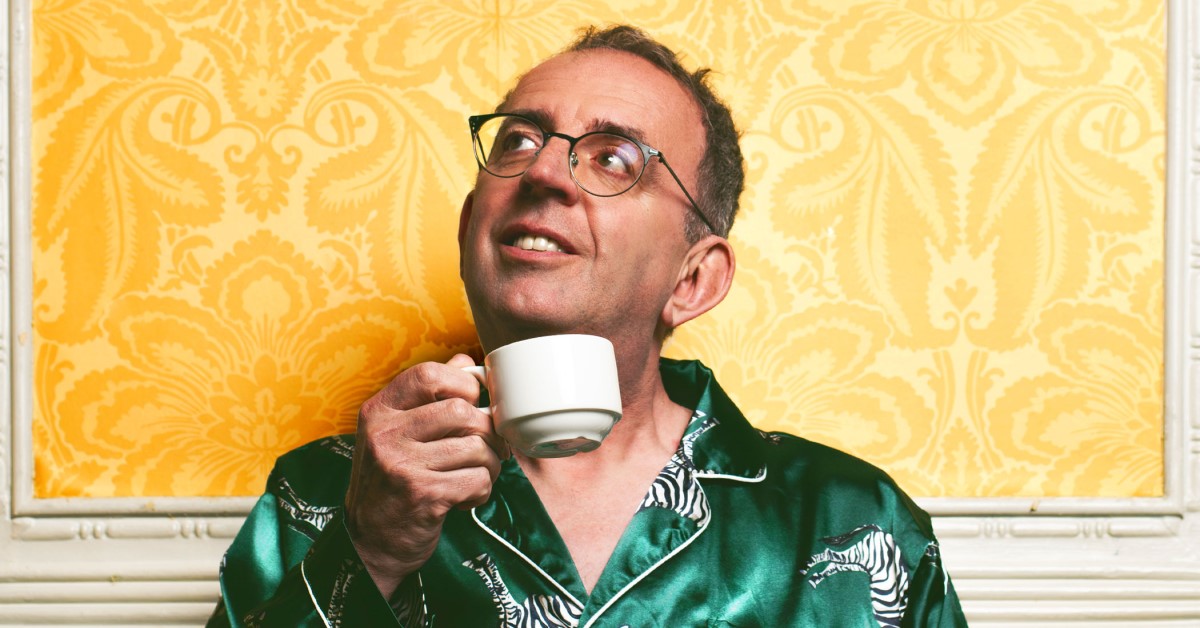You may not know it, but these famous revolutionaries all spent some time living in the capital. Take a tour of the “blue plaque” radicals.
Daniel O'Connell
The Irish leader, known as The Liberator, lived at 14 Albemarle Street, Mayfair, with his family in 1833.
At the time he was an MP, having successfully led the battle for Catholics to sit in the House of Commons.
O’Connell (1775-1847) went on to lead the fight for Irish independence, and campaigned to abolish slavery.
The four-storey terraced house in Albemarle Street dates back to the 18th century and has now been converted into flats and a retail outlet.
Simon Bolivar
Known as the Liberator of Latin America, Bolivar was a Venezuelan general and politician who led revolutions against Spanish rule in South America. He fought battles which led to independence for Venezuela, Colombia, Ecuador, Peru and Bolivia.
Bolivar (1783-1830) lodged at 4 Duke Street, Marylebone, when he first arrived in Britain in 1810. He held meetings with British ministers hoping for an agreement that the British government would not intervene in the revolution in Venezuela.
But Bolivar and his companions returned home the same year empty handed.
Ho Chi Minh
One of the most famous political leaders of the 20th century, Ho Chi Minh is said to have trained as a pastry chef in 1913 at the Carlton Hotel, which stood on the site of what is now New Zealand House, Haymarket Street.
As a young man, Ho Chi Minh spent several years travelling the world working on ships, but not many people know he stopped off in London. He went on to become a Communist revolutionary leader, and then the prime minister and president of the Democratic Republic of Vietnam (North Vietnam) and is seen as the founder of modern Vietnam.
Karl Marx
One of the most influential and controversial figures of the 20th century, the communist Karl Marx (1818-1883) lived in exile in London after being thrown out of his homeland of Prussia (now part of Germany).
While living at 28 Dean Street, Soho, from 1851-1856, he wrote the first volume of Das Kapital, his most famous work. (His Communist Manifesto had been published in 1848.)
But Marx and his family were living in poverty and in cramped conditions in just a few rooms, and two of his children died while living at this address.
Friedrich Engels
Marx’s great friend Engels (1820-1895), also a German Communist political philosopher, lived at 122 Regent’s Park Road, Primrose Hill, from 1870-1894.
Engels first met Marx in Paris in 1844. They went on to become lifelong friends, working together on many books, most famously the Communist Manifesto of 1848.
Mahatma Gandhi
Known as the ‘Father of India', Gandhi visited London several times.
His longest stay was as a law student between 1888 and 1891 when he spent several months at 20 Baron's Court Road in West Kensington.
He moved on to other addresses in London to save money and because the landlady struggled to cater for his vegetarian diet.
Emmeline and Dame Christabel Pankhurst
The suffragette leaders mother Emmeline (1858-1928) and daughter Christabel (1880-1958) lived together at 150 Clarendon Road, Notting Hill, during the First World War.
The pair, together with Christabel’s sister Sylvia (1882-1960), had led a militant campaign for women’s rights in the early 20th century, which led to the women being imprisoned, going on hunger strike and being force fed.
But during the War, the movement declared a truce and the women used the house for their adopted ‘war babies’ – children born out of wedlock during the war.
José de San Martin
A national hero in Argentina and Peru, San Martin (1778-1850) was a Spanish/Argentine general who led the struggle for independence from Spanish rule in parts of South America. He also served as Protector of Peru.
Following his retirement, he sailed to Europe and stayed at 23 Park Road, Marylebone, in 1824 for just a few months.
Francisco de Miranda
A military leader and Venezuelan revolutionary, Francisco de Miranda (1750-1816) wanted to free South America from Spanish rule. He also played a part in the French Revolution.
He stayed – on and off – at 58 Grafton Way, Fitzrovia, from 1802-1810. Eventually he was caught and died in a Spanish prison, but he is seen as a forerunner to Simon Bolivar.

